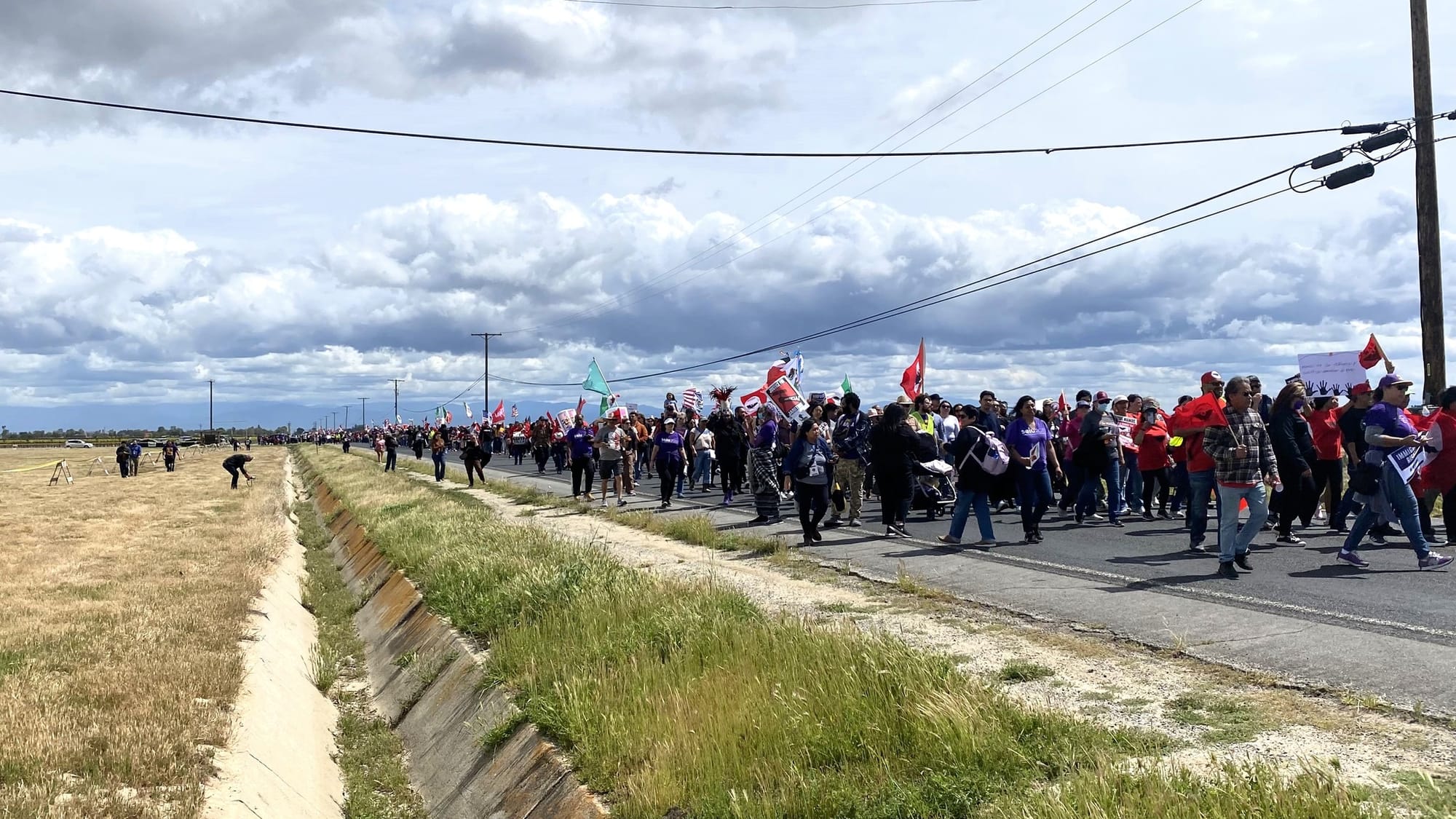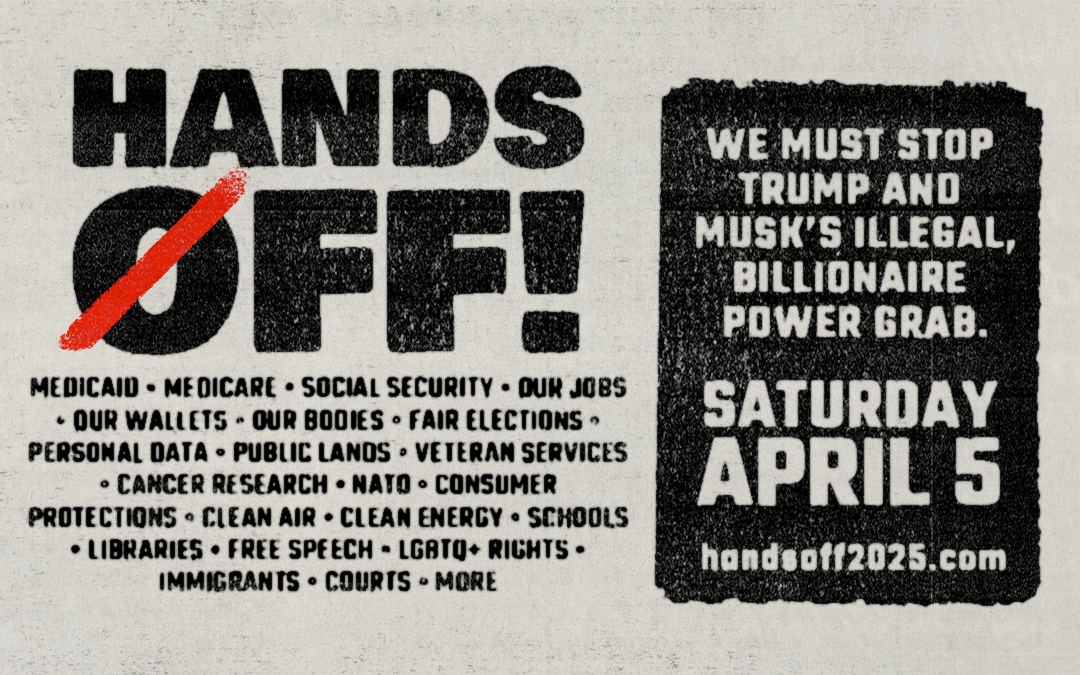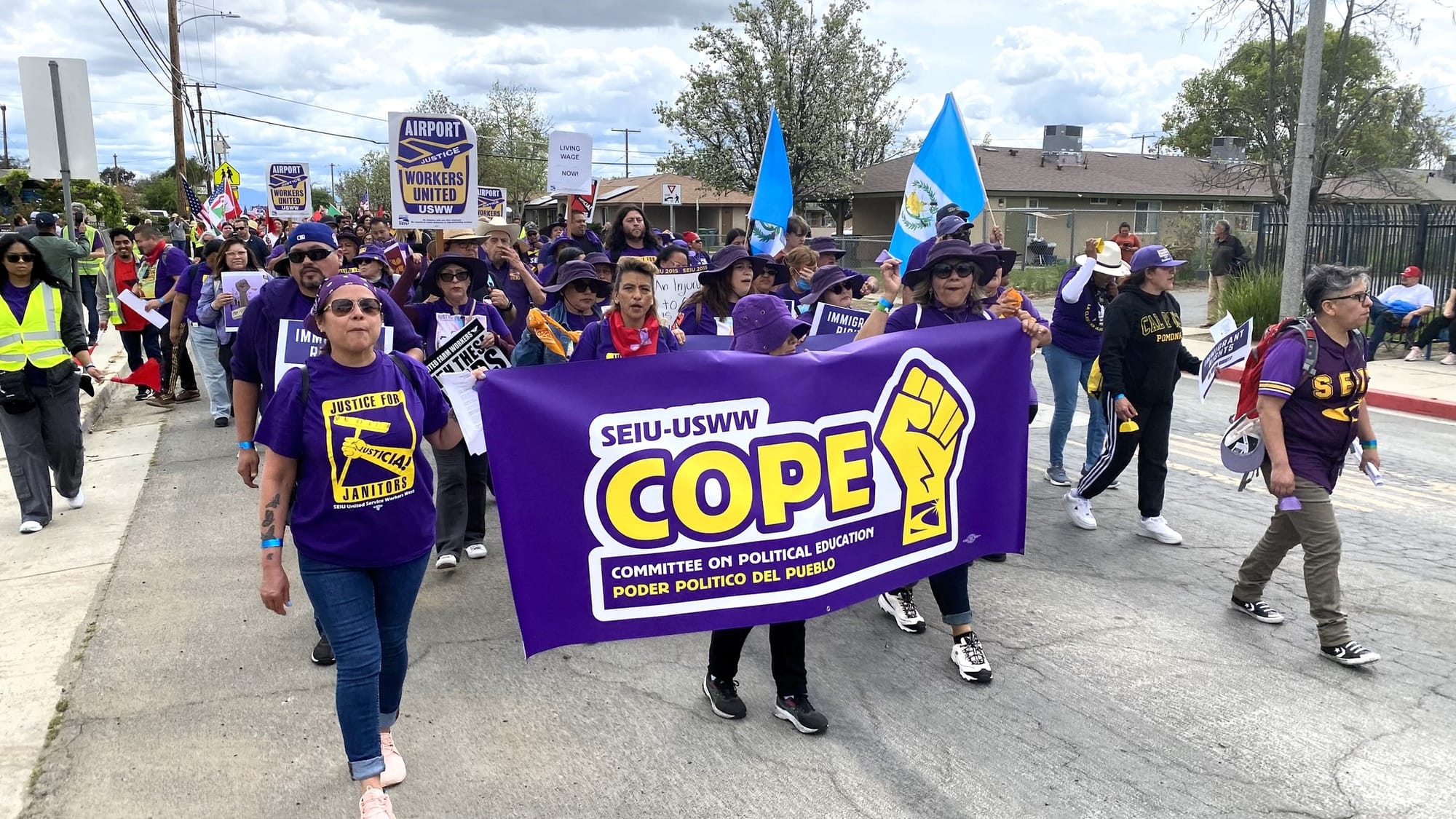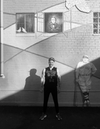Something that feels productive good and true

We lost the great Val Kilmer this week and so naturally I have been thinking back to my favorite role of his as Doc Holliday in Tombstone.
"A man like Ringo has got a great big hole, right in the middle of him. He can never kill enough, or steal enough, or inflict enough pain to ever fill it."
I know you all have come to rely on me for my steady and sober analysis of economics and world trade but this week all I can offer is this: I have no fucking idea what this dude is trying to do. I don't know if he knows either. They've said it's not a negotiation tactic but my best guess is that it's an attempt to cause pain for (almost) ever industry and country on earth – even the unpopulated ones for some reason – then find out who is willing to come crawling back for a little kiss on the head from daddy. We all know that Donald Trump has never taken a single course of action in his entire life that wasn't intended for his own personal benefit. We shouldn't think of this stunt – as colossal a fuck up as it is already proving to be – as anything else than that.
The only other question left is now what?
american citizens will be so overjoyed with the ability to say slurs at work that they will no longer need to consume food nor purchase consumer goods
— ceej (@ceej.online) 2025-02-01T04:15:46.985Z
Mel Buer is back today to write about one avenue of change left available to us. She reports from a large workers' march in California from earlier in the week.
She also recently wrote for Hell World on lessons in solidarity learned from years in the service industry.

Find a protest action near you tomorrow here.

If you enjoy what you read here please lock in a subscription to this newsletter before the coming depression!
Here's a real cheap one day only discount:

Looking for a sliver of hope
by Mel Buer
On March 31, workers from all over the state came together in Delano, California to celebrate the life and legacy of legendary labor activist Cesar Chavez and to stand in solidarity with immigrant workers across the United States. Organized by the United Farm Workers under the slogan “With These Hands, We Feed America,” the march was billed as a response to the attacks on immigrants from the Trump administration.
“Across the country, immigrant workers are under attack. Nowhere has this attack been as severe and intense as in Kern County, beginning in January with an unprecedented and discriminatory Border Patrol raid that targeted hundreds of Latino farm workers, including UFW members,” the union said in a statement.
“The UFW, SEIU (Service Employees International Union) California, and the entire California Federation of Labor Unions, collectively representing over two million union workers in California, have therefore chosen Kern County to take a stand, celebrate the contributions of immigrant workers, and declare that an injury to one is an injury to all.”
That morning, just as I did when I ventured out into the smoldering ruins of Altadena back in January, I got up in the predawn darkness and went looking for a sliver of hope. On the deserted streets of downtown Los Angeles a fine mist of rain fell steadily, soaking into my jacket and wetting my hair as I made my way toward a brightly lit union hall. The world came alive as I approached. Union members from SEIU-USWW in their signature purple and gold shirts emerged from the darkness of the surrounding neighborhood like an army of class warriors and filed rowdily into the hall. From the sidewalk you could hear the rumble of life inside – a cacophony of mingled languages and laughter shared over conchas and hot coffee.
The last few months of successive horrors and startling headlines have been difficult to fully comprehend for all of us. Just when I think I can get a grip on the state of things, they shift again, and I find myself on uneven footing once more. In the back of my mind I know that hope is necessary, even revolutionary, in the face of such harrowing events, but to be fucking honest, I’ve been struggling to keep that thread going when things feel so bleak.
I thought back to the fires again, and in particular something I wrote with Sean Beckner-Carmitchel in CalMatters while out reporting. Every day that week I woke up on my friend’s couch and felt the familiar contractions of anxiety as wildfires ripped through neighborhoods I had played in, ate in, shared life in, not even six months before.
“Social media is awash with GoFundMes, spreadsheets of evacuation shelter needs, calls for cleanup volunteers, desperate requests for pet fosters, Red Cross form explanations and FEMA aid applications. Image after image of the monstrous inferno whipping through quiet Altadena streets, of the blackened silhouettes of Pasadena businesses, or rows and rows of homes reduced to ash in the Palisades roars past our timelines, assaulting the mind with what seems like unending devastation in communities all across Los Angeles.”
Today, barely two months later, we are being assaulted over and over again. Every day comes news of ordinary working people, students, parents, and professors being surrounded by plainclothes ICE agents as they walk to Eid celebrations or to work, to class, or home to their families. They’re being kidnapped, disappeared, shoved onto planes in chains and sent to labor camps in Central America.
Each one of these stories is shared, repeated and amplified with increasing despair and outrage. Our neighbors, our community members, our friends–the best of us, really–who exemplify everything that makes this damned country so great, are being whisked away and sent to prisons in Louisiana, New Jersey or California, where they are swallowed by the machinery of oppression and xenophobia and racism. A black hole that the government intends to never let them emerge from. And each headline brings a wave of fresh horror, a panic and rage that rises like bile in the back of my throat, followed swiftly by questions:
Why won’t anyone do something? Are we supposed to just let this happen? Let these monsters ruin the lives and dignity of human beings without consequence?
What do we do?
Back at the union hall, SEIU president David Huerta stood up and roused his members with a loud “¿SE PUEDE?” followed by an excited “¡SI SE PUEDE!” from those assembled. After an animated speech, an attorney stood up and passed out red know-your-rights cards, talking the group through their plans for safeguarding them should the police stop the buses they were about to get on.
“We have assigned an attorney and a designated videographer for each bus. If we are stopped, we are prepared,” she said. “We know what we’re doing, you are safe.”
A priest gave his blessing to the group, and off we went for breakfast before getting on the road.
The ride to Delano was quiet, with union members taking a moment after the morning’s excitement to catch some rest and prepare for the long march ahead. To my right, across the aisle, members of SEIU’s communications team worked their phones ceaselessly, prepping for the chaos that would meet them when they arrived. SEIU’s president talked quietly with his seat mate in the row behind me, while I compared notes with a young journalist to my left. It seemed that we were the only two reporters who thought to ask for a seat on the caravan bus heading from LA to the Central Valley.
On the highway between Bakersfield and Delano, we passed a caravan of UFW supporters flying union flags out their car windows, and the bus erupted in cheers. Fifteen minutes later we were in Delano, and the bus began to hum with excitement. We disembarked just outside Memorial Park and walked toward the crowd milling around, music echoing through the trees.
On the last leg into Delano, passing other caravans of workers and allies headed to the march
— Mel Buer (@melbuer.bsky.social) 2025-03-31T16:59:59.288Z
Within the hour, thousands more had descended upon this quiet town, known in the annals of labor history as ground zero for the famous Grape Strike of 1965, where hundreds of workers organized boycotts and manned picket lines for five years. As the march got underway, you could feel the legacy of this crucial moment in labor history rise up from the pavement and carry the crowd along the march route.
For over an hour, workers from unions all over the state marched the three miles toward Forty Acres, a parcel of land that became the UFW headquarters in 1966. So many people attended the march that you couldn’t see either end of it while standing in the middle. Neighbors all over town sat on their porches to watch, dance to the music blasting out of the sound truck, join in on the chants, and hug their family members as they passed by. All along the march route the sounds of laughter, chanting, union songs and other music mingled together in a symphony of solidarity. Banners and flags for the various union locals represented amongst the crowd flapped in the wind. CWA, SEIU, The Teamsters, UNITE HERE, IATSE, and many other unions were represented. This was an impressive show of unity amongst California’s unions and a sign that more involved cooperation could be expected in the future.
As I walked up and down the march route, my feet burning and shoulders aching under the weight of my backpack, I began to feel the familiar mix of emotions that usually bubble up when I’m attending a labor action: joy, contentment and a deep and abiding sense of pride at being a member of this ragtag labor movement. Most importantly I experienced a moment where all my rage, my fear, my righteous fury, before now so nebulous and suffocating, funneled itself into action and crystallized into something that feels productive, good and true.
It’s a special sort of feeling to know and understand the transformative power of solidarity–to stand shoulder to shoulder with working Americans from backgrounds vastly different from your own and face forward together against the villainous class of assholes who spend every waking moment making your life hell; to reach toward one another and say, I’m here with you, you’re here with me. We can make our way through this, together.
To be clear, marches alone won’t stem the tide of fascism in this country, but they can be a start. Rallies outside your post office, picking up a sign on a picket line, walking three miles along a route so historically significant in Central California –all of these things are a step toward lasting action that will root out the worst evils of this society and bring the working class together outside the walls of our social media silos, night shifts, and remote work desks. In California, a state steeped in groundbreaking labor victories and devastating losses, where 1 in 3 workers are immigrants, a march of thousands in support of immigrant workers is more than just a message; it’s a promise to fight like hell for as long as it takes to protect the communities that make this country so vibrant, so worth fighting for.
And fight we will. SEIU 721 in Los Angeles held a rally the following day outside a federal detention center in Downtown LA used to house immigrants detained by ICE. The ACLU is suing California Border Patrol over their alleged abuses of the immigrants they rounded up in January. Neighborhood groups continue to keep a watchful eye for ICE across Southern California, doing what they can to alert and protect immigrant communities from surprise raids. Each action taken forms another link in the chain. There is always more to be done, but once again I am reminded that if I seek out the helpers when a situation seems dire, they will always be there, doing the work. Will you become one of them?
Mel Buer is a multimedia journalist who covers movements, labor and community for The Real News Network. She currently lives in Chicago.
Paid subscribers keep reading for more from me, including a couple more great reader letters, some of the best stuff I read this week, a poem, music and whatever else I think of in the next hour or so. Thanks for being here.

